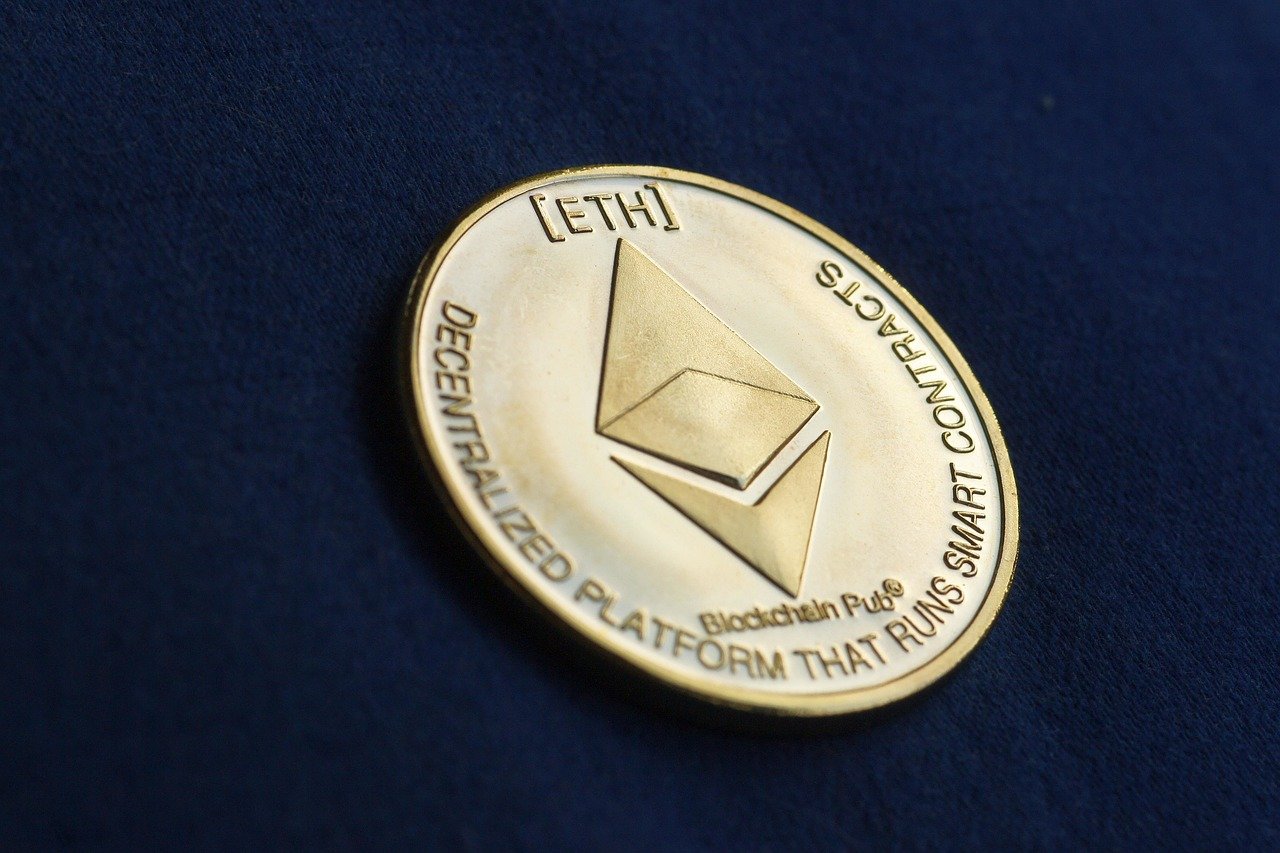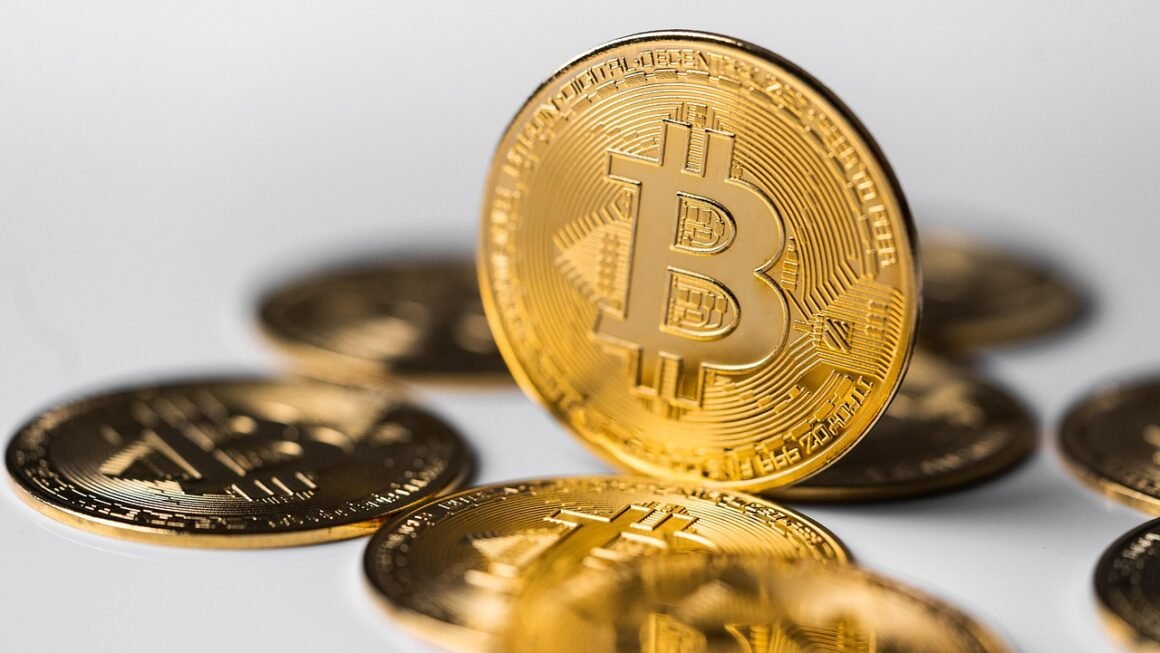Exchanges are the lifeblood of the global economy, facilitating the transfer of goods, services, and assets between individuals, businesses, and nations. From bustling marketplaces to sophisticated digital platforms, exchanges connect buyers and sellers, establishing fair prices and fostering economic growth. Understanding the diverse types of exchanges and their functions is crucial for anyone involved in commerce, finance, or investment.
What are Exchanges?
Defining Exchanges
At its core, an exchange is a marketplace where participants can trade standardized items or services. These items can range from agricultural commodities like wheat and corn, to financial instruments such as stocks, bonds, and currencies. The key is that the items traded are standardized in terms of quality, quantity, and often delivery terms. This standardization makes it easier for buyers and sellers to transact efficiently.
Exchanges provide a centralized and regulated environment for trading, which brings several benefits:
- Price Discovery: Exchanges help to determine the fair market value of an asset through the interaction of supply and demand.
- Liquidity: By bringing together a large number of buyers and sellers, exchanges create liquidity, making it easier to buy or sell assets quickly and at a reasonable price.
- Transparency: Exchange transactions are typically transparent, with real-time price and volume information available to participants.
- Risk Management: Some exchanges offer tools for managing risk, such as futures contracts and options.
Historical Context
Exchanges have existed for centuries, evolving from simple bartering systems to sophisticated electronic trading platforms. Early examples include commodity exchanges in ancient civilizations, where traders gathered to buy and sell agricultural goods. Over time, exchanges became more formalized, with established rules and regulations.
The development of stock exchanges in the 17th and 18th centuries marked a significant milestone, enabling companies to raise capital by selling shares to the public. Today, exchanges are integral to the global financial system, playing a vital role in capital allocation and economic growth.
Types of Exchanges
Commodity Exchanges
Commodity exchanges facilitate the trading of raw materials and agricultural products. Traders buy and sell contracts for future delivery of commodities such as:
- Crude oil
- Natural gas
- Gold and silver
- Wheat, corn, and soybeans
- Coffee and sugar
The Chicago Mercantile Exchange (CME Group) is a prominent example of a commodity exchange, offering a wide range of futures and options contracts on agricultural products, energy, metals, and other commodities. Farmers, producers, and consumers use commodity exchanges to hedge against price fluctuations and manage risk.
Example: A farmer might use a futures contract on the CME to lock in a price for their corn crop before it is even harvested, protecting them from potential price declines.
Stock Exchanges
Stock exchanges provide a platform for trading shares of publicly traded companies. They are essential for capital formation, allowing companies to raise funds by issuing stock to investors.
Major stock exchanges include:
- New York Stock Exchange (NYSE)
- Nasdaq
- London Stock Exchange (LSE)
- Tokyo Stock Exchange (TSE)
Stock exchanges operate under strict regulations to ensure fair and transparent trading practices. They also play a crucial role in providing liquidity to investors, making it easier to buy and sell shares. The performance of stock exchanges is often used as an indicator of the overall health of the economy.
Example: An individual investor can purchase shares of Apple (AAPL) on the Nasdaq, becoming a part-owner of the company and potentially benefiting from its future growth.
Cryptocurrency Exchanges
Cryptocurrency exchanges enable the trading of digital currencies such as Bitcoin, Ethereum, and Litecoin. These exchanges have grown rapidly in recent years, attracting a wide range of users from retail investors to institutional traders.
Popular cryptocurrency exchanges include:
- Coinbase
- Binance
- Kraken
Cryptocurrency exchanges operate 24/7, offering a high degree of liquidity for popular digital currencies. However, they also carry significant risks, including price volatility and security concerns. Regulatory oversight of cryptocurrency exchanges is still evolving, and investors should exercise caution when trading digital assets.
Example: A user can deposit fiat currency (e.g., USD) into their Coinbase account and use it to purchase Bitcoin or other cryptocurrencies.
Foreign Exchange (Forex) Market
While not a centralized exchange in the traditional sense, the Forex market is a global, decentralized marketplace where currencies are traded. It is the largest and most liquid financial market in the world, with trillions of dollars changing hands every day.
The Forex market operates 24 hours a day, five days a week, with trading centers located in major cities around the world. Participants include:
- Central banks
- Commercial banks
- Hedge funds
- Corporations
- Retail traders
The Forex market is driven by a complex interplay of economic, political, and social factors, making it a challenging but potentially rewarding market for experienced traders. The value of one currency relative to another is constantly fluctuating based on supply and demand.
Example: A company that imports goods from Europe might use the Forex market to hedge against fluctuations in the Euro-Dollar exchange rate, protecting them from potential losses.
The Role of Regulation
Ensuring Fair Trading Practices
Regulation plays a critical role in ensuring fair and transparent trading practices on exchanges. Regulatory bodies such as the Securities and Exchange Commission (SEC) in the United States and the Financial Conduct Authority (FCA) in the United Kingdom oversee the operations of exchanges and enforce rules designed to protect investors and maintain market integrity.
Key regulatory functions include:
- Market Surveillance: Monitoring trading activity to detect and prevent market manipulation.
- Enforcement: Investigating and prosecuting violations of securities laws.
- Disclosure Requirements: Requiring companies to disclose material information to investors.
- Licensing and Registration: Requiring brokers and dealers to be licensed and registered.
Investor Protection
Regulation is essential for protecting investors from fraud and abuse. By setting standards for conduct and transparency, regulators help to create a level playing field for all market participants.
Examples of regulatory measures aimed at protecting investors include:
- Rules against insider trading
- Requirements for brokers to act in their clients’ best interests
- Disclosure of fees and commissions
Regulatory oversight helps to build confidence in the integrity of the markets, encouraging participation and fostering economic growth.
The Future of Exchanges
Technological Advancements
Technology is rapidly transforming the landscape of exchanges, with electronic trading platforms becoming increasingly sophisticated. High-frequency trading (HFT) algorithms now account for a significant portion of trading volume on many exchanges, enabling faster and more efficient execution of trades.
Other technological trends include:
- Blockchain Technology: Potential to streamline clearing and settlement processes.
- Artificial Intelligence (AI): Use of AI for market surveillance and risk management.
- Cloud Computing: Migration of exchange infrastructure to the cloud for greater scalability and flexibility.
Globalization and Competition
The globalization of financial markets has led to increased competition among exchanges. Exchanges are now competing to attract listings, trading volume, and market share. This competition is driving innovation and leading to lower trading costs for investors.
The rise of alternative trading systems (ATSs) and dark pools has also added to the competitive landscape, offering alternative venues for trading that are often subject to less stringent regulation than traditional exchanges. As markets continue to evolve, exchanges will need to adapt and innovate to remain competitive.
Conclusion
Exchanges are integral to the global economy, facilitating the efficient allocation of capital and resources. From traditional commodity and stock exchanges to emerging cryptocurrency platforms, exchanges provide a centralized and regulated environment for trading a wide range of assets. Understanding the different types of exchanges, their functions, and the role of regulation is crucial for anyone involved in commerce, finance, or investment. As technology continues to evolve and markets become increasingly globalized, exchanges will need to adapt and innovate to remain competitive and serve the needs of market participants.



